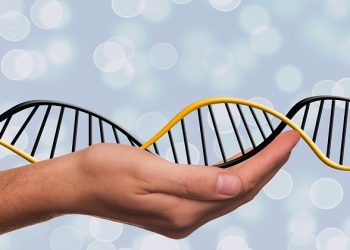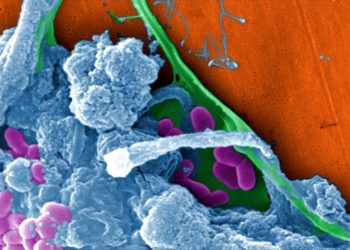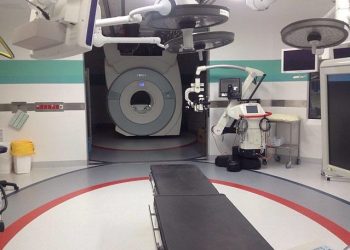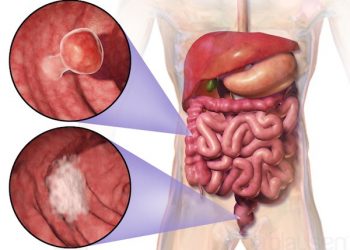Denmark’s football star and Inter Milan’s midfielder Christian Eriksen who suffered a cardiac arrest during his country’s Euro 2020 opener last weekend, will receive an Implantable Cardioverter Defibrillator (ICD), the Danish Football Union (DBU) announced in a tweet on Thursday. DBU also said the device was necessary after a cardiac attack due to rhythm disturbances.
Christian Eriksen collapsed due to cardiac arrest during first half of the Group B Euro 2020 game against Finland.
Thanks to some decisive action by the referee and the players, and to the swiftness of the medical team, the player was fast resuscitated on the pitch with the help of CPR.
Denmark’s team doctor, Morten Boesen, later said, ““How close were we to losing him? I don’t know, but we got him back after one defibrillation, so that’s quite fast.”
Boesen on Thursday confirmed that Eriksen will receive an implantable cardioverter defibrillator to defend against any future problems.
ICDs are for people who have had an abnormal, fast heart rate that caused them to faint or caused their heart to stop pumping properly. Sometimes medicines can be used to control these fast heart rates. When medicines do not work, doctors can implant an ICD.
ICD implant surgery has become a very common procedure. It is done while the patient is asleep and it is not open heart surgery.
Update regarding Christian Eriksen.
Danish version in next tweet. pic.twitter.com/a4Ra97xUXP
— DBU – En Del Af Noget Større (@DBUfodbold) June 17, 2021
ICD (also referred to as ‘heart starter’), like a conventional pacemaker, sends out electrical impulses when the heart rate is too slow, in order to avoid a cardiac arrest. In addition to this function, it can also treat a rhythm that is too fast.
An ICD is a battery-powered device placed under the skin that keeps track of the heart rate. Thin wires connect the ICD to the patient’s heart. If an abnormal heart rhythm is detected – if the heart is beating chaotically and much too fast – the device will deliver an electric shock to restore a normal heartbeat, according to Heart.org.
The difference between ICD and Pacemaker is that the ICD is a specialized implantable electronic device designed to directly treat a cardiac tachyarrhythmia, whereas a permanent pacemaker is an implanted device that provides electrical stimuli, thereby causing cardiac contraction when intrinsic myocardial electrical activity is inappropriately slow or absent.
How is an ICD implanted?
A battery-powered pulse generator – which is about the size of a pocket watch – is implanted in a pouch under the skin of the chest or abdomen, often just below the collarbone. Wires or leads run from the pulse generator to positions on the surface of or inside the heart and are installed through blood vessels, eliminating the need for open-chest surgery.
How does an ICD work?
If an ICD notices a dangerous heart rhythm it can deliver one or more of the following treatments:
- Pacing – a series of low-voltage electrical impulses (paced beats) at a fast rate to try and correct the heart rhythm.
- Cardioversion – one or more small electric shocks to try and restore the heart to a normal rhythm.
- Defibrillation – one or more larger electric shocks to try and restore the heart to a normal rhythm.
An ICD is implanted under the skin, just under the collarbone. It detects arrhythmias and responds with electrical signals to restore your heart’s normal rhythm.
What are the advantages of ICD ?
— It knows when the heartbeat is not normal and tries to return the heartbeat to normal.
— If your ICD has a pacemaker feature when your heartbeat is too slow, it works as a pacemaker and sends tiny electric signals to your heart.
— When your heartbeat is too fast or chaotic, it gives defibrillation shocks to stop the abnormal rhythm.
— It works 24 hours a day.
What type of patients receive ICD?
An ICD is used in patients at risk for
— Ventricular tachycardia, when the lower chambers of the heart independently beat faster than 100 beats per minute.
— Ventricular fibrillation, when the muscle fibers of the lower chambers of the heart contract in a fast, uncoordinated manner.
— Sudden cardiac arrest caused by arrhythmias. (Any irregularity in your heart’s natural rhythm is called an arrhythmia.)
American Heart Association says this by way of recommendation: “If you have an Implantable Cardioverter Defibrillator, be aware of your surroundings and the devices that may interfere with its operation. Potentially disruptive devices include those with strong magnetic fields. Certain devices can disrupt the ICD’s signaling and prevent it from working properly, sometimes without your knowledge. The longer you are exposed to the potentially interruptive device and the closer it is in proximity to your ICD, the more likely it will affect your ICD’s performance.”
Source:
1. https://www.heart.org/en/health-topics/arrhythmia/prevention–treatment-of-arrhythmia/implantable-cardioverter-defibrillator-icd
2. https://www.texasheart.org/heart-health/heart-information-center/topics/implantable-cardioverter-defibrillator-icd/
3. https://www.bhf.org.uk/informationsupport/treatments/implantable-cardioverter-defibrillator
4. https://www.mayoclinic.org/tests-procedures/implantable-cardioverter-defibrillators/about/pac-20384692#dialogId53809300
5. Title Photo Courtesy: AFP (Photo by FRIEDEMANN VOGEL/AFP via Getty Images)


















